The summer holidays are here, and we finally have a bit more time for ourselves and for others. This also means we can finally stop and take some time to capture some summer pictures! This can include not only landscapes and travel photos, but also portraits of our loved ones (or anyone who crosses our path and deserves to be immortalised).

However, when it comes to photography, it is important to consider that the summer light is not exactly the best for shooting. During the summer months the sun can be extremely bright, especially around noon. Sunlight from May to September is strong, harsh, and it comes from overhead, creating a very high contrast and casts harsh shadows on faces and shapes. Depending on how you position your subject, it could make your photos look uneven or sometimes completely dark.
So how can we make the best use of summer lighting conditions to take the best photos? Follow our guidelines below.
- Try to avoid noon
Subjects tend to look better when light is shining on them from the sides, that’s why sunrise and sunset are usually considered to be the best times to take photos.
The golden hour in particular is one hour before sunset. Its light is magical, golden and wraps itself perfectly around your subject.
If you have the chance to choose the time to take photos, go for those time slots, you will be rewarded. If you don't, just don't stop taking photos anyway, here are some other tips to make the most of even the most intense and harsh light. - If possible, move into the shade
The light will be diffuse, less contrasty, and the shadows will be minimal. Besides your subject will relax and open their eyes. - Use a diffuser
By placing a diffuser between the sunlight and the subject you’ll cut light down or tone it down, and the tones will be softer. - Be aware of the sunlight and its effect and play with its direction
Front light: bold and brilliant photo (a small tip for portraits: if you’re shooting a portrait and you don’t want an unhappy, squinting subject, ask him/her to close the eyes and open them on the count of three. Be prepared to snap quickly.)
Back light: dreamy photo
Side light: Strong and shadowed photo
Silhouette: full of contrast and drama - Add some fill light
Using a reflector (a portable, and usually collapsible, disk typically covered with translucent fabric, or a DYI version could be a piece of white poster board or foam) to reflect light onto your subject
Using a fill-flash: If you are a beginner photographer just getting into outdoor portraiture and have a camera with a pop-up flash, try to shoot in the shade and use the pop-up flash for every shot. The result will surprise you. - Consider using a filter
For example, a polarizing filter will help cut down on reflections and it will help you achieve vibrant colours. A neutral density filter will reduce the light hitting your camera sensor, allowing for slower shutter speeds and smaller apertures around midday. - Make your photo black & white
Without colour the emphasis is on lines, shape, texture, light, and shadow. You can switch your camera to monochrome in the camera settings to visualise the tones of the scene in black & white. But if you’re shooting in the raw, the best option is to shoot it in colour and convert the file later to black and white. - When the sun is high and the light is harsh, you can also focus on smaller scenes
Just zoom in and catch details: a hand, a flower, a sea wave, there are no limitations besides your own creativity. - Don’t forget adequate protection for your camera
Last but not least, to avoid surprises, don’t forget to properly protect your photographic equipment from the weather, sand, dust, humidity, sea salt, excessive heat. Among the best options to protect your camera are the Peli cases: check here the whole range of protective cases, in different sizes, colours and with a customisable interior.
When it comes to what you can photograph, set no limits on your imagination. A picnic, a family gathering, a summer sport, a sunset on the beach, a concert, a glance, a landscape, a flower, a silhouette, a colourful meal. Any situation is a good opportunity to give free rein to your creativity.
Remember: there’s no such thing as bad light if you know how to take advantage of it. So, dare to try, experiment, don't have limits. And most of all, have fun!
Elena





.png)

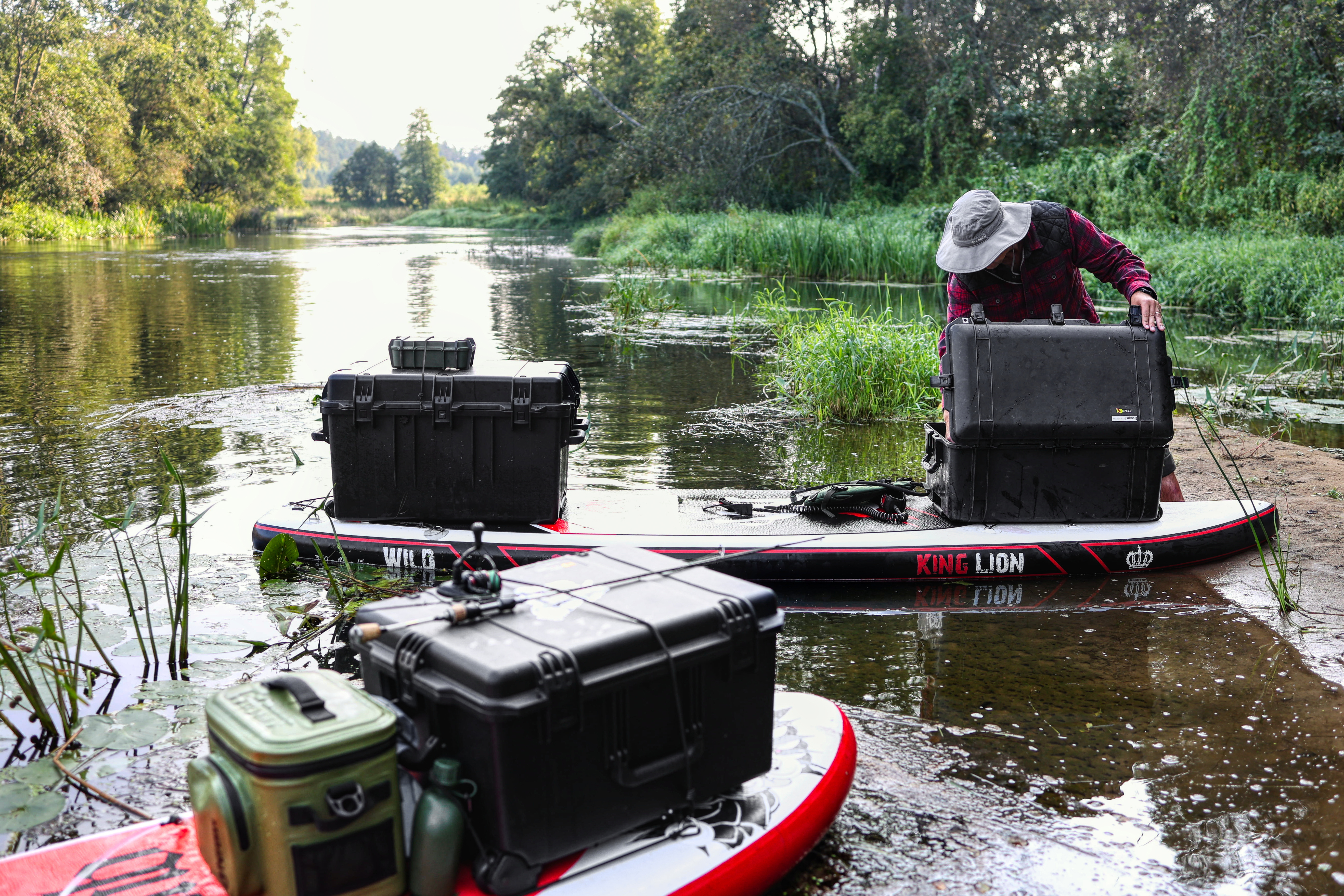
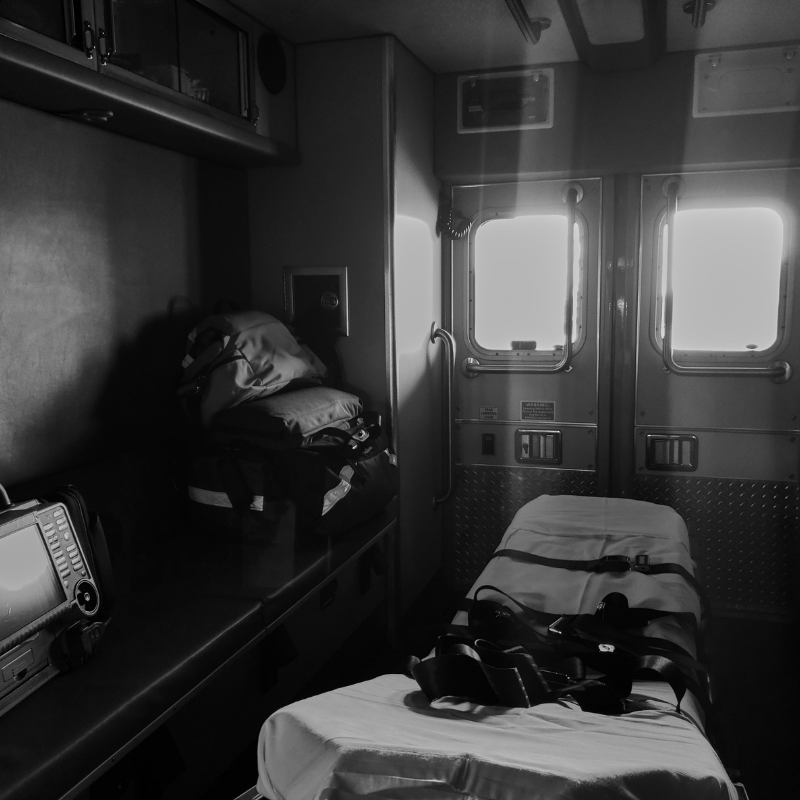
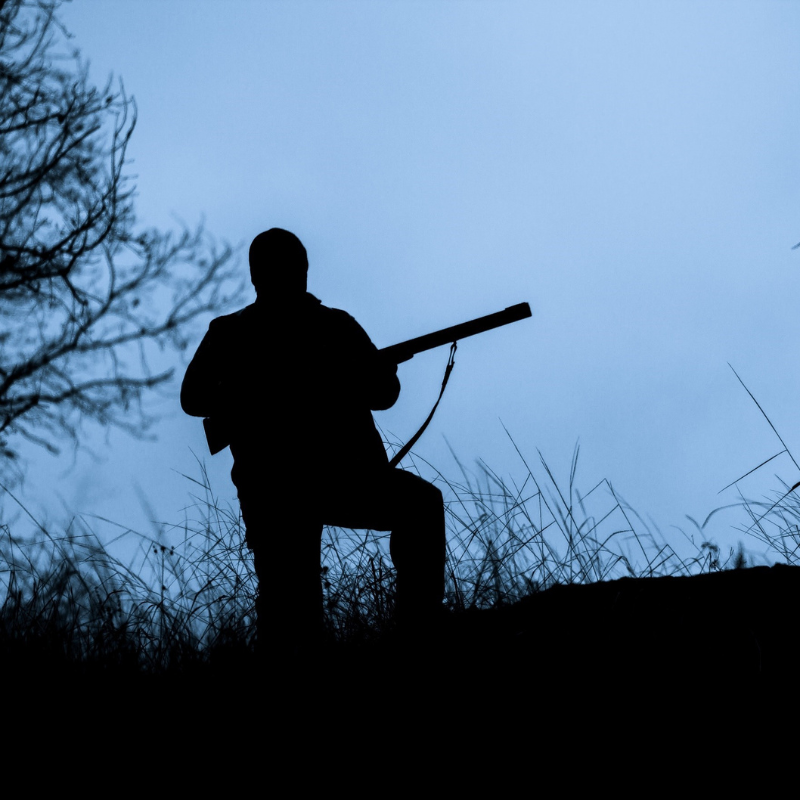

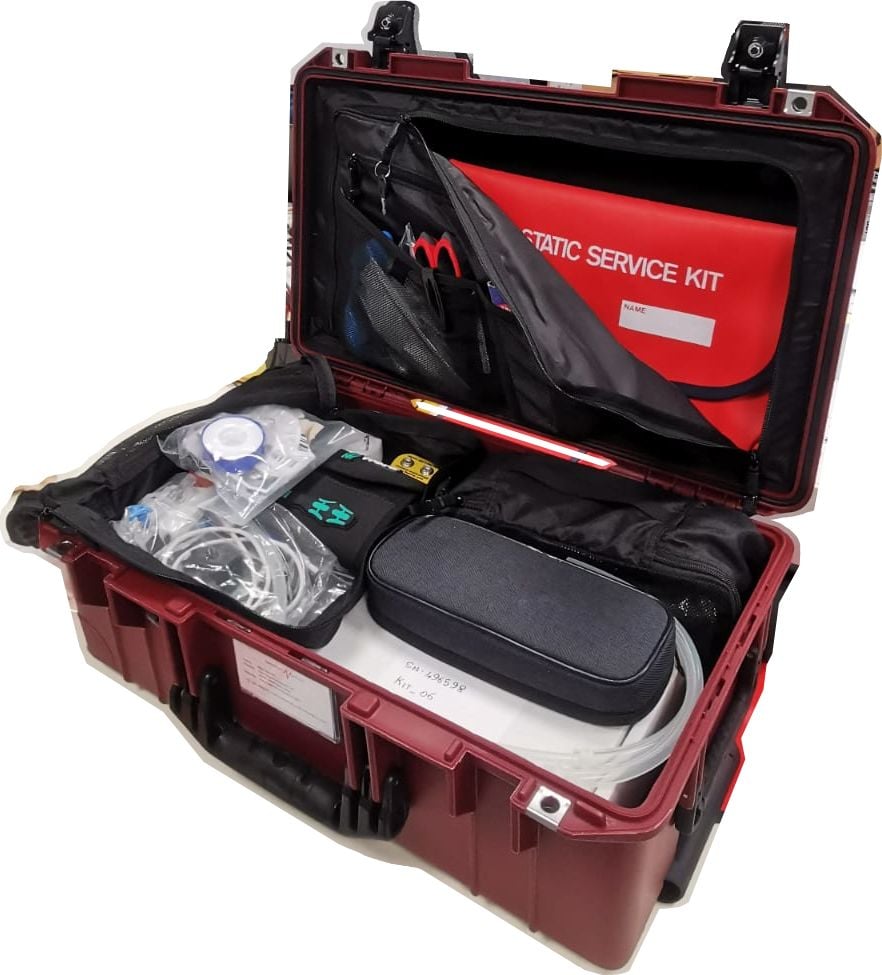

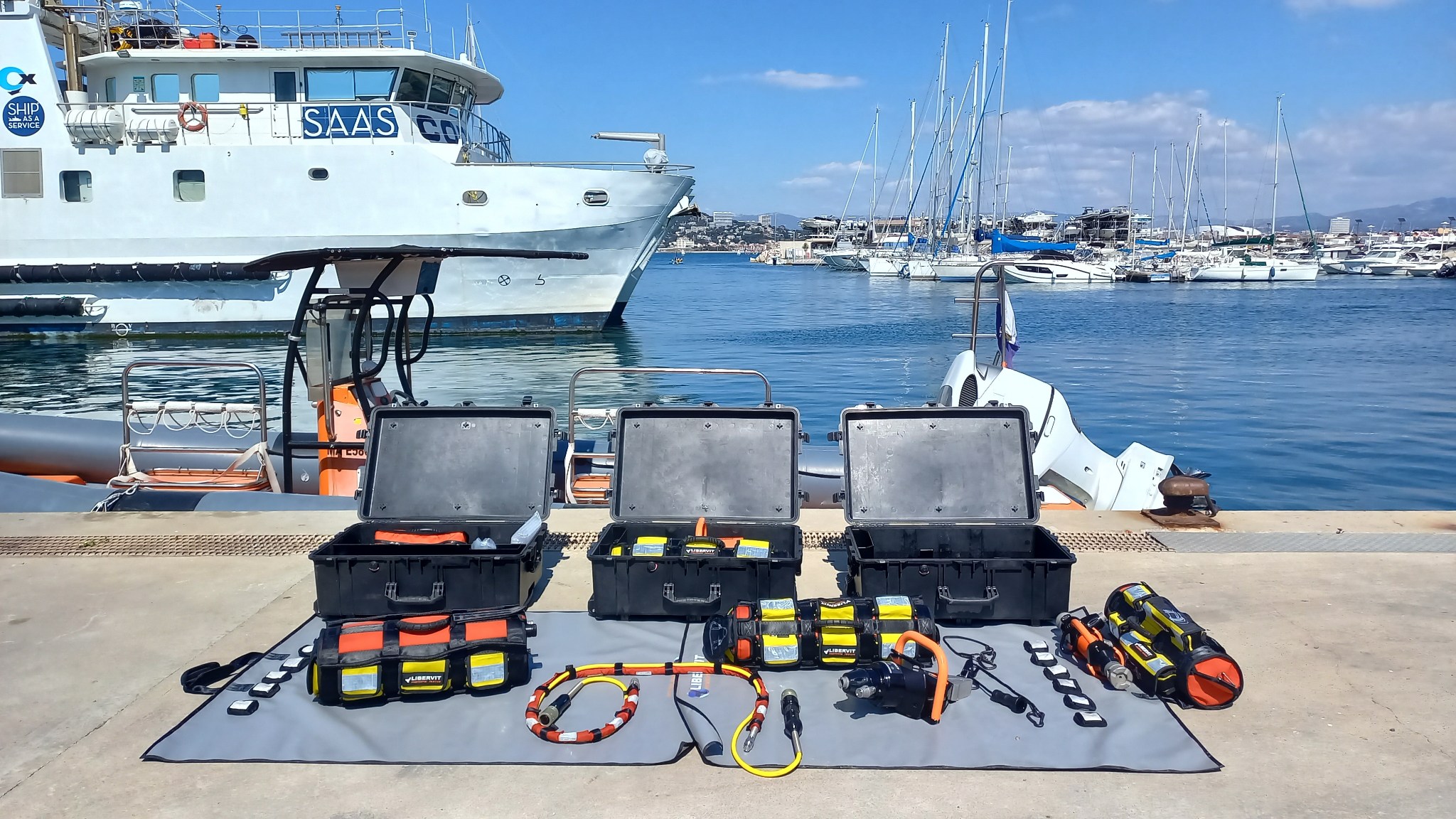
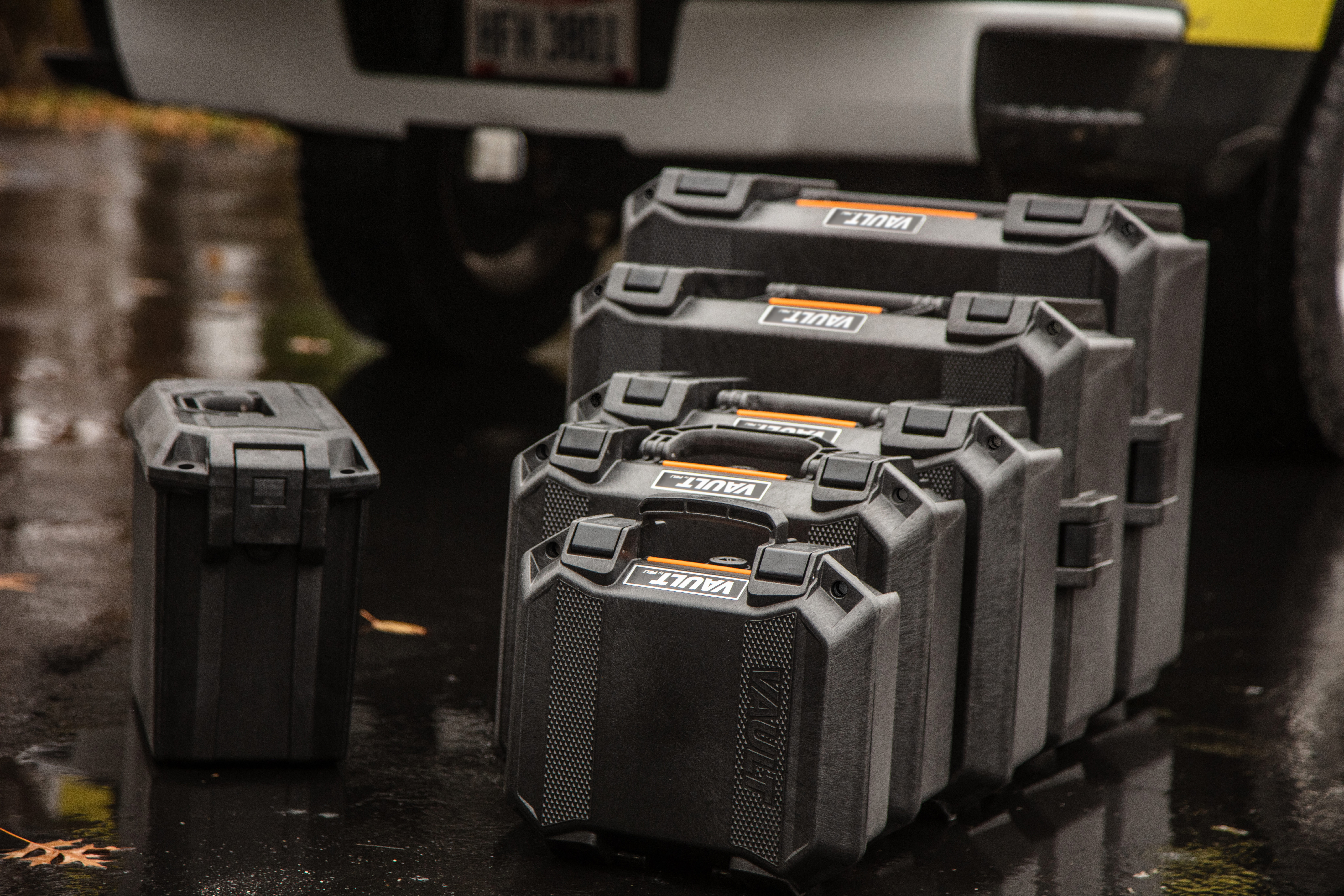

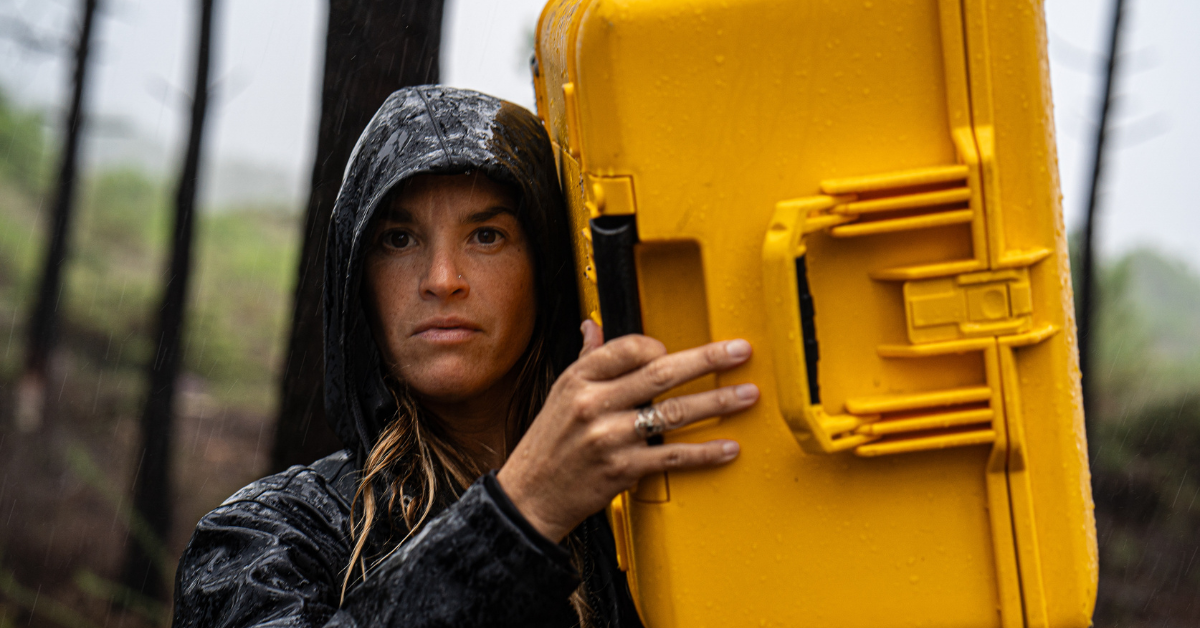
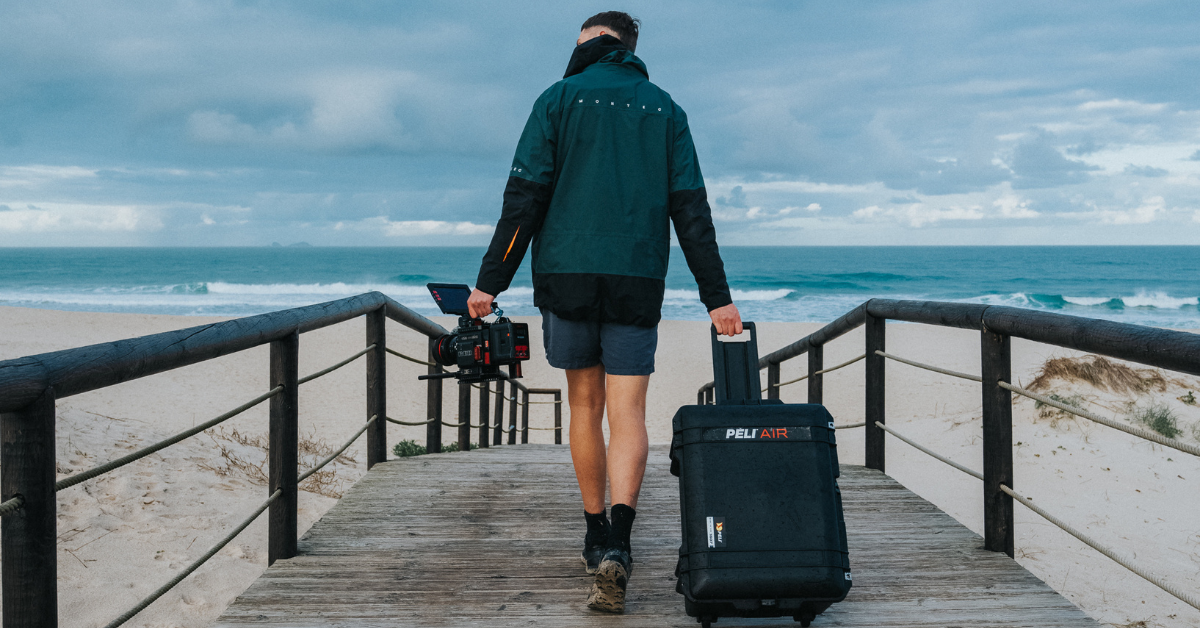

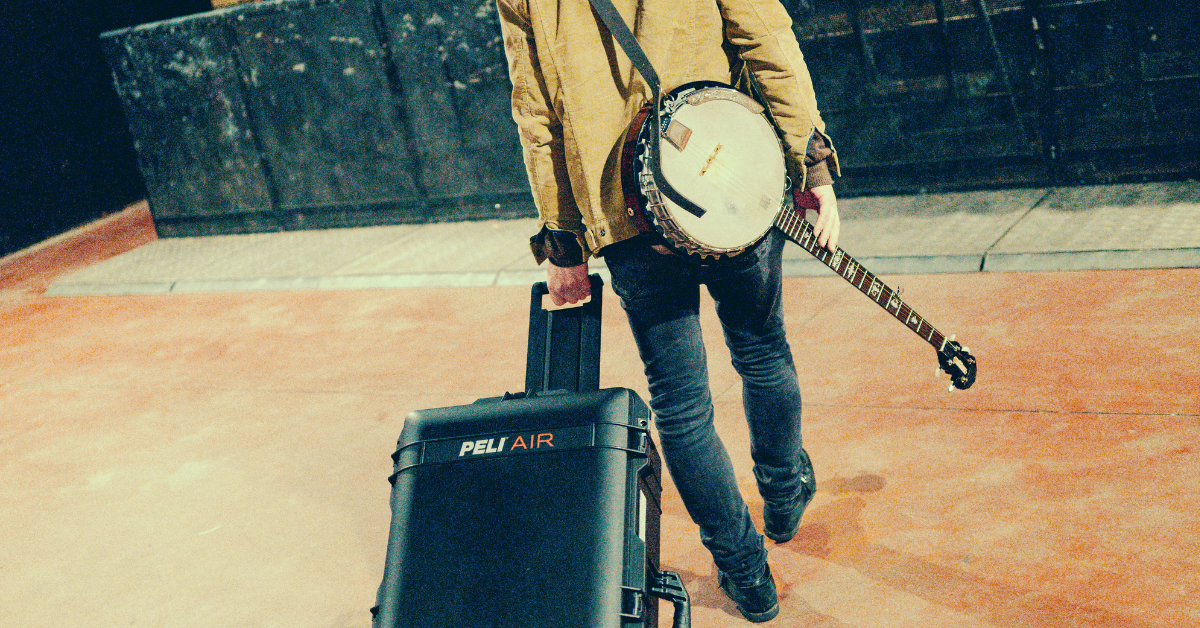

Post a comment